Batteries, cameras and films may not be a forecourt trader’s bread and butter but they do offer the chance to make a tidy extra profit, particularly over the Christmas period.
Jenny Hodge, communications manager at Fuji Photo Film explains: “Instant cameras are extremely popular around Christmas, as they are ideal for parties – producing prints immediately that people can pass around and take home. Single-use cameras (disposable cameras) are also particularly popular, as people can take them to parties without the worry and risk of losing or damaging their valuable digital or film camera.”
And Duracell says more than one-third of all batteries are sold in the last three months of the year, making the lead up to Christmas ‘the biggest battery sales opportunity for retailers nationwide’. Chris Gaskell, Duracell’s senior business manager, adds: “Christmas has always been a huge time for retailers and continues to account for a high percentage of their annual sales. It is crucial for retailers to stock the number one battery brand and follow simple merchandising principles to gain maximum profit at this valuable time of year.”
To really make the most of this niche market, it’s essential to stock the right product range – after all, consumers will be looking for a particular battery or film size, so if you don’t offer it, it’s a sale lost. And because this market has seen major changes recently with the growth of digital cameras and high-power gadgets, it’s worth giving the category a quick health check to make sure you’re keeping up with demand.
BATTERIES
According to Mintel (Batteries, July 2004) the UK battery market is worth more than £750m and is showing year-on-year growth, with sales growing by 18% (value) between 1999 and 2003.
The good news for retailers is that the average unit selling price is now on the up following a drop in prices a few years ago when heavy promotions characterised the market and squeezed margins for retailers.
“The new generation of power-hungry devices has encouraged (or forced) consumers to trade up to higher quality, longer-lasting and more expensive batteries,” says Mintel’s Batteries report (July 2004).
And Flavio Palumbo, senior business manager at Duracell, comments: “With the technological market showing signs of significant growth, the number of high-drain battery-operated devices, including digital cameras and MP3 players, is rapidly increasing. This inevitably has a positive effect on battery sales.”
But not only has the demand for established battery types increased, but a whole new premium sub-sector has been created within the battery market. A spokesperson for Panasonic explains: “The digitalisation of appliances has generated a strong demand for small, lightweight and high performance batteries.”
Duracell, for example, has launched the Ultra M3 range of batteries providing advanced performance for digital cameras, CD players and MP3 players. And its latest battery, the slimline Duracell CP1 lithium primary prismatic battery, has even influenced the design of digital cameras, with manufacturers such as Nikon and Samsung designing their compact cameras around it.
Meanwhile, Panasonic has launched the Digital Xtreme Power battery, which it describes as a ‘new generation’ battery developed with the digital era in mind and suitable for high-drain appliances. The company says this range of batteries lasts about twice as long as alkaline dry cells.
Another trend in the market is towards rechargeable batteries. According to Mintel, the rechargeable sector has more than doubled in value since 2002 – again this can be attributed to the growth in high-drain appliances as well as improvements in technology that mean today’s rechargables work much better than they used to.
Duracell, for example, recently improved its rechargeable batteries and chargers range so that AA, AAA, C, D and 9V formats are now available.
And in October, Panasonic launched its new generation of rechargeable batteries, Power Pro, specifically designed for the latest modern gadgets. The company says they store two to three times as much active material as traditional batteries and are particularly suited to meet the energy demands of the latest digital equipment. Panasonic says these batteries do not suffer from the ‘memory effect’ where the battery will not fully charge if it’s charge has not been exhausted.
Tim Clark, marketing & communications manager for Panasonic Batteries comments: “The batteries are perfectly suited to the new high-tech, digital world where people demand high-energy, long-lasting power on the move.”
Meanwhile, Varta has launched a rechargable battery system that charges up to four AA or AAA Varta cell batteries in just 15 minutes – the Charge & Go system uses IC3 (In-Cell Charge Control) technology, so the battery cells won’t overcharge or overheat.
The company says that, for the consumer, the package combines the cost-effectiveness of a rechargeable with the advantages of a disposable battery.
Up to 1,000 charges are guaranteed without any memory effect, which the company says means it will pay for itself very quickly. What’s more, the recharged battery should last up to four times longer than an alkaline battery.
Ken Ardali, head of trade marketing at Varta’s parent company Rayovac, says: “This is the first charging concept that has been able to generate a genuine shift in the rechargeable market and stimulate retail sales.
“Until now, rechargeable sales have demonstrated growth in the low-price segment only. Charge & Go is a high-quality, attractive product that promises increased margins and is a sector milestone that will give a new impulse to the battery market.”
Finally, Uniross has launched the Sprint 15 Minute 4 Positions Charger that charges up to four AA or AAA Uniross rechargeable batteries in 15 minutes – again making it ideal for use with high-drain products.
Simon West, Unirosss marketing managers, says: “We have brought charging times down from hours to just minutes and increased the battery capacity to hold more power, which is what the consumer wants. Rechargeable battery power can now be almost instant in every home with chargers this fast and batteries with this capacity.“
Uniross also has a pocket-size charger ideal for those on the move. The Pocket Globe Trotter is a folding charger that recharges AA or AAA rechargeable batteries – ideal for portable electronic devices – and retails at £19.99.
CAMERAS & FILMS
While the advent of digital cameras has boosted battery sales it has inevitably affected the sales of cameras and films. But retailers should not be too quick to neglect this category, as Jenny Hodge, communications manager, Fuji Photo Film (UK), explains: “There has been a small decline in film sales, however, film is still extremely popular, and will continue to be so for many years.
“The most popular films are those that are suitable for both indoor and outdoor photography – ISO 400 is very popular with consumers.”
She adds: “Obviously digital cameras are becoming more and more popular, so retailers need to start thinking about adapting to the market, if they haven’t already done so. They should consider stocking memory cards for digital cameras. The most popular formats are xD-Picture Card, SD (Secure Digital) cards and CompactFlash.”
Hodge says manufacturers still have a lot to offer retailers with products such as travel adaptors, memory cards, and other camera accessories that are tailored to today’s market.

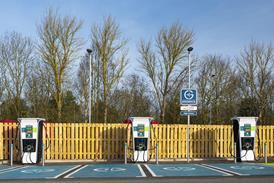







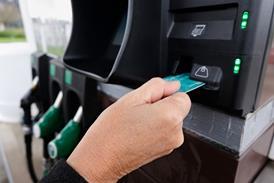


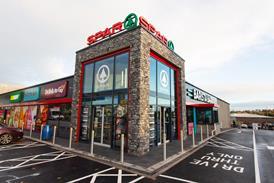
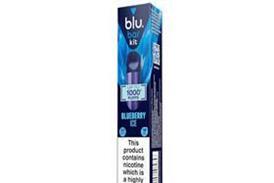

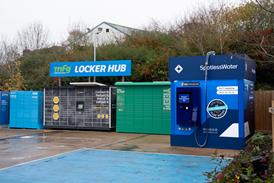
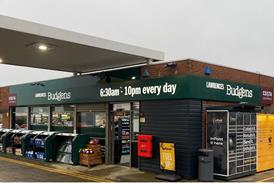




No comments yet